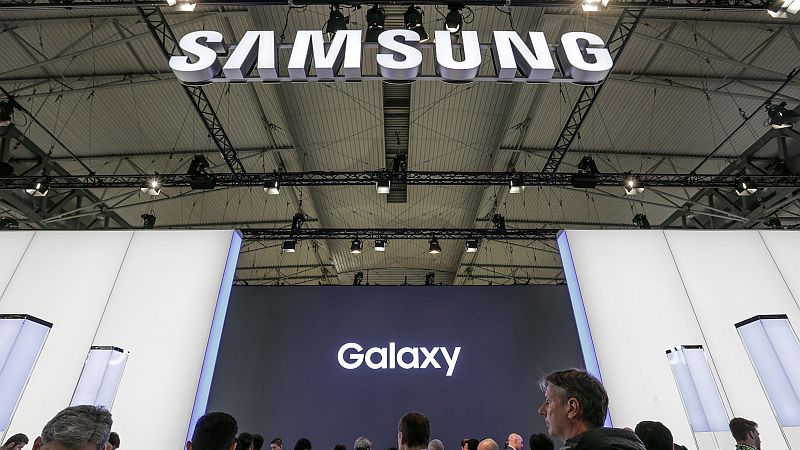
Samsung may be the next handset manufacturer to go for pressure-sensitive display technology for its next flagship, if a new report citing multiple industry sources is to be believed. Notably, Samsung's pressure-sensitive display technology is expected to work same as Apple's 3D Touch seen on iPhones.
The technology will be able to distinguish between a light tap and deep press, enabling access to more functions just by pressing harder. Notably, Samsung won't be the first Android handset vendor to bring pressure-sensitive display technology to its phones as Huawei was the first to unveil the force touch tech. To recall, Huawei's Mate S was the first Android smartphone featuring Force Touch technology.
The report by The Investor cites an official of a Samsung supplier who said, "Samsung is mulling to adopt the force touch technology partially from the S8 but the full adoption will come in one or two years. It is a matter of time before other major Android smartphone makers deploy the technology that will help enhance user interface." The report also suggests that Samsung may utilise its own force touch tech developed by Samsung Display, which also supplies force touch displays to Huawei.
Additionally, Samsung's Senior Executive at component division on condition of anonymity claimed that the South Korean company was working on the force touch tech "for the adoption in the near future."
A recent report claimed that Samsung's Galaxy S8 may launch in two screen size variants - 5.7-inch and 6.2-inch. Prolific phone tipster Evan Blass (@evleaks) claimed that the Samsung Galaxy S8 models will have model numbers SM-G950 and SM-G955 for 5.7-inch and 6.2-inch screen sizes respectively.
Based on preliminary leaks, Samsung Galaxy S8 will sport a 5.5-inch 4K (2160x3840 pixels) Super AMOLED display with impressive pixel density of 806ppi. It is further expected to pack company's own Exynos 8895 SoC coupled with 6GB of RAM. Rumours so far have claimed that Samsung will launch the alleged Galaxy S8 flagship smartphone on the side-lines of MWC 2017 in Barcelona on February 26.





